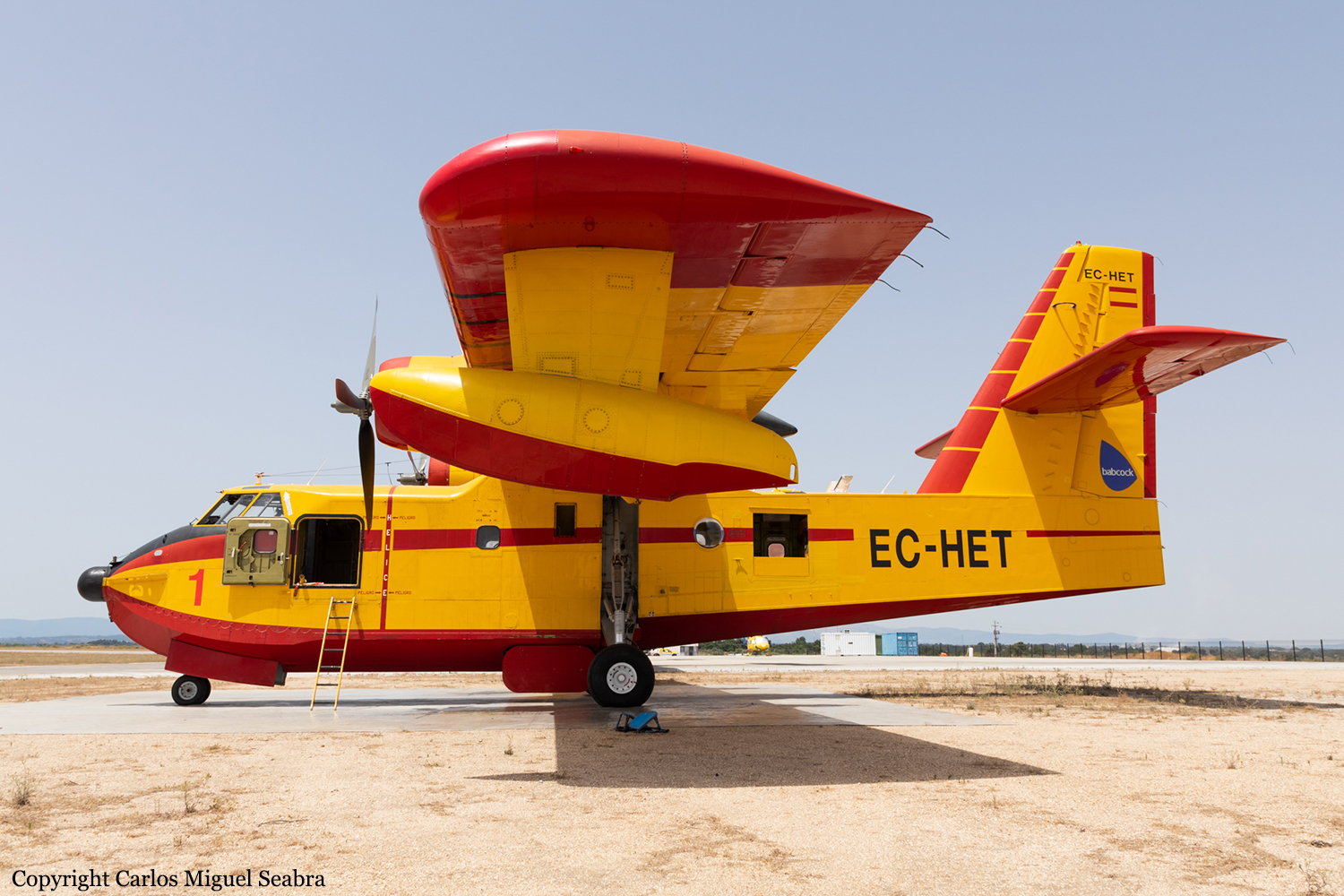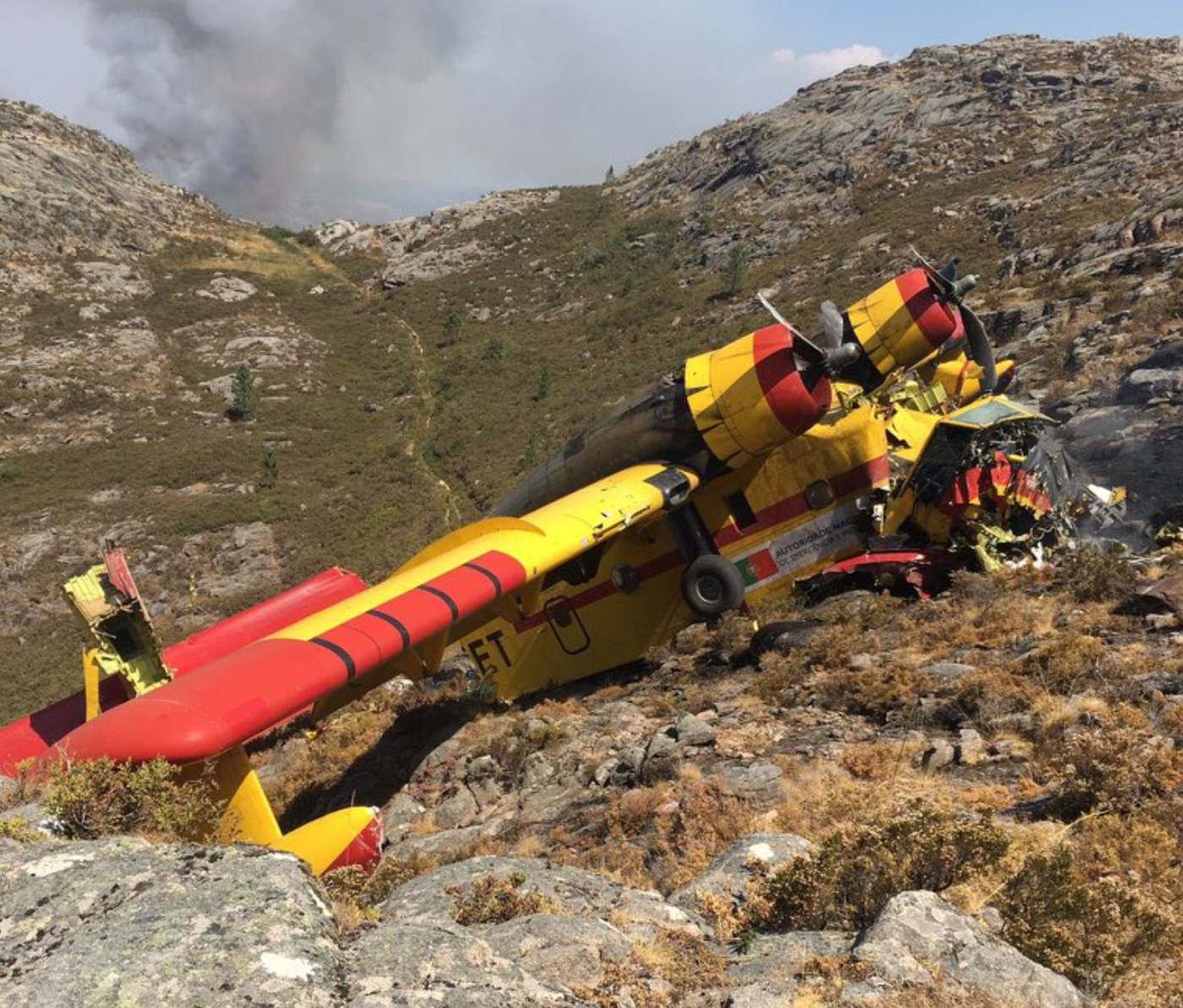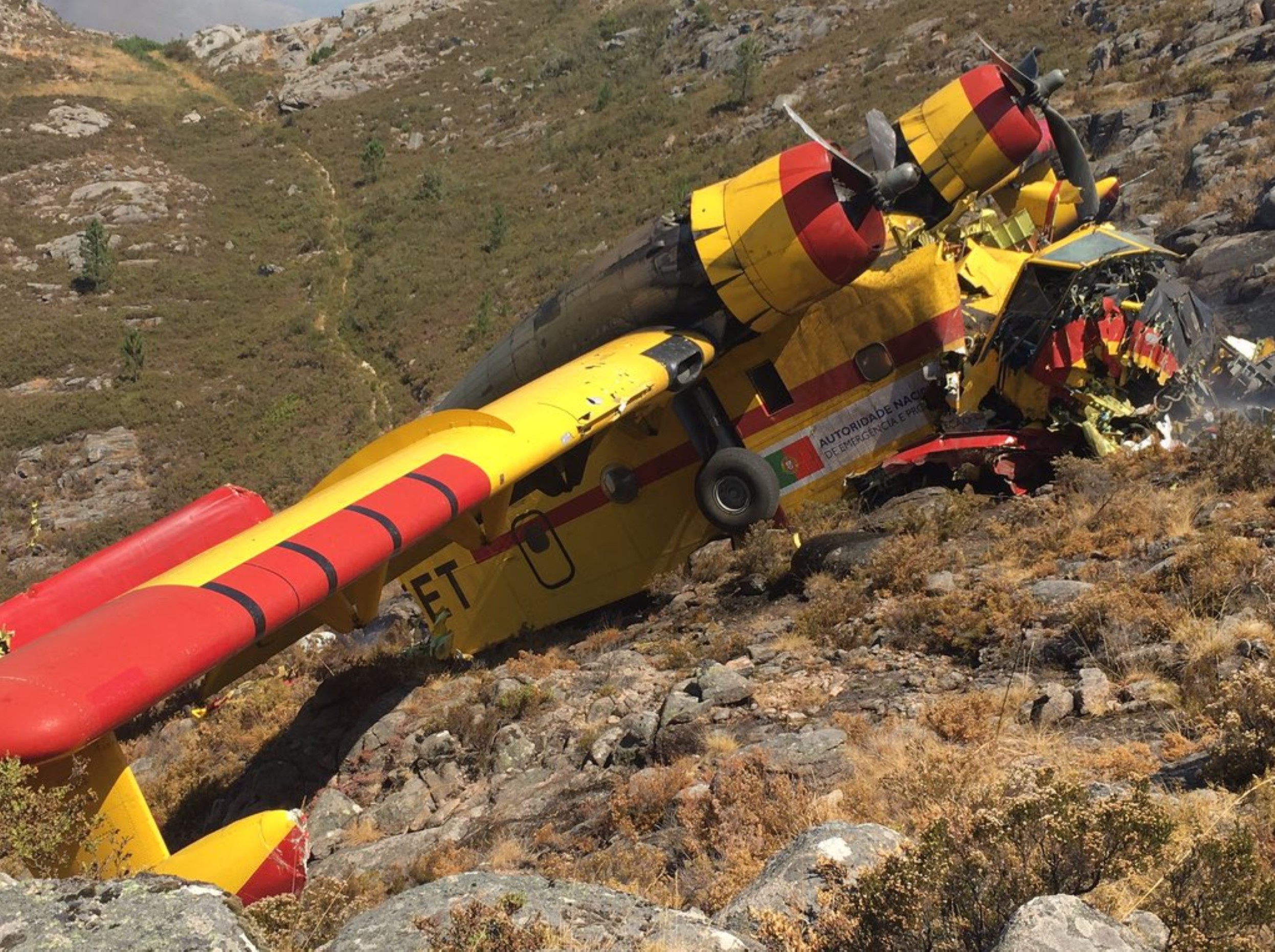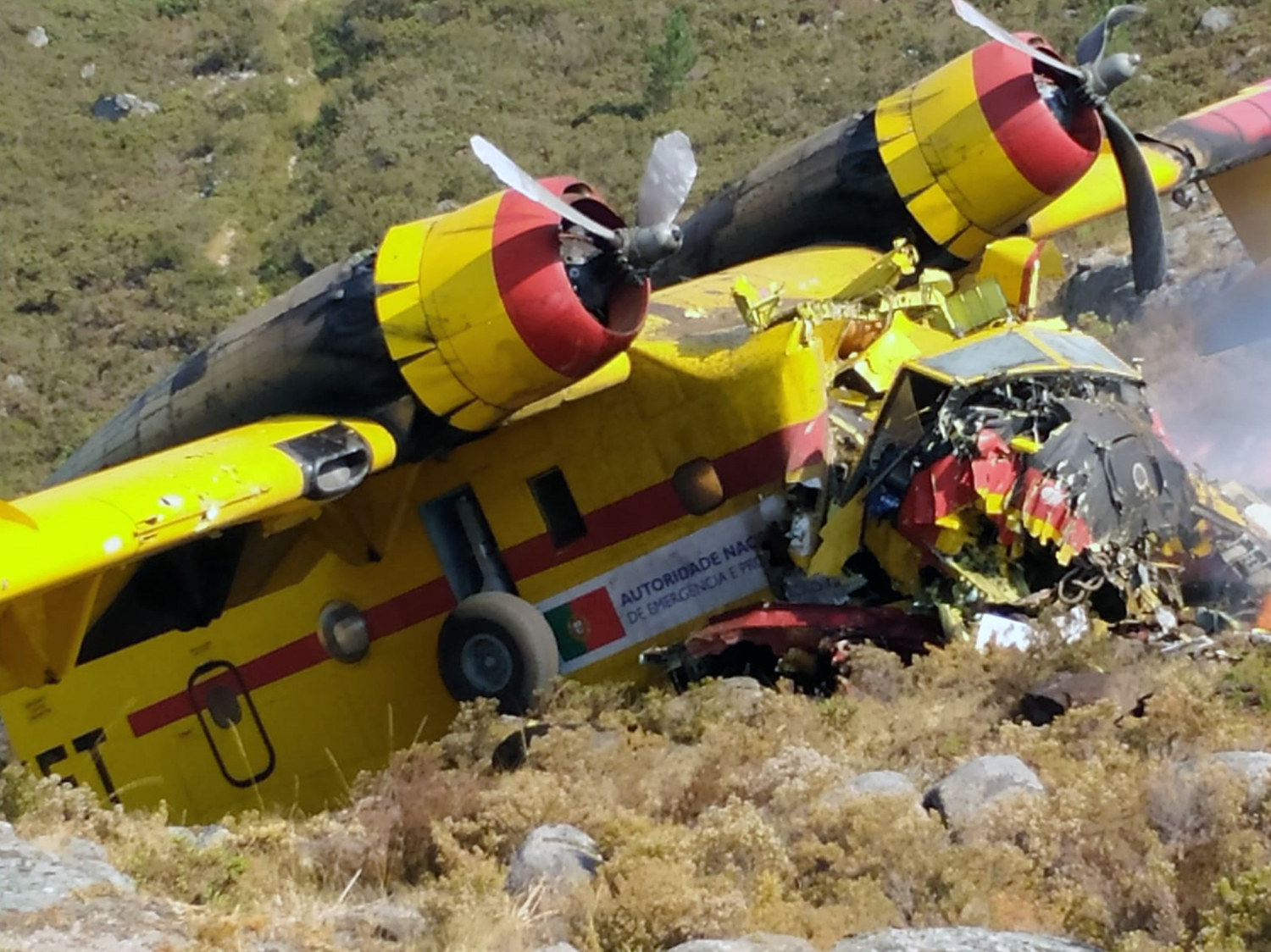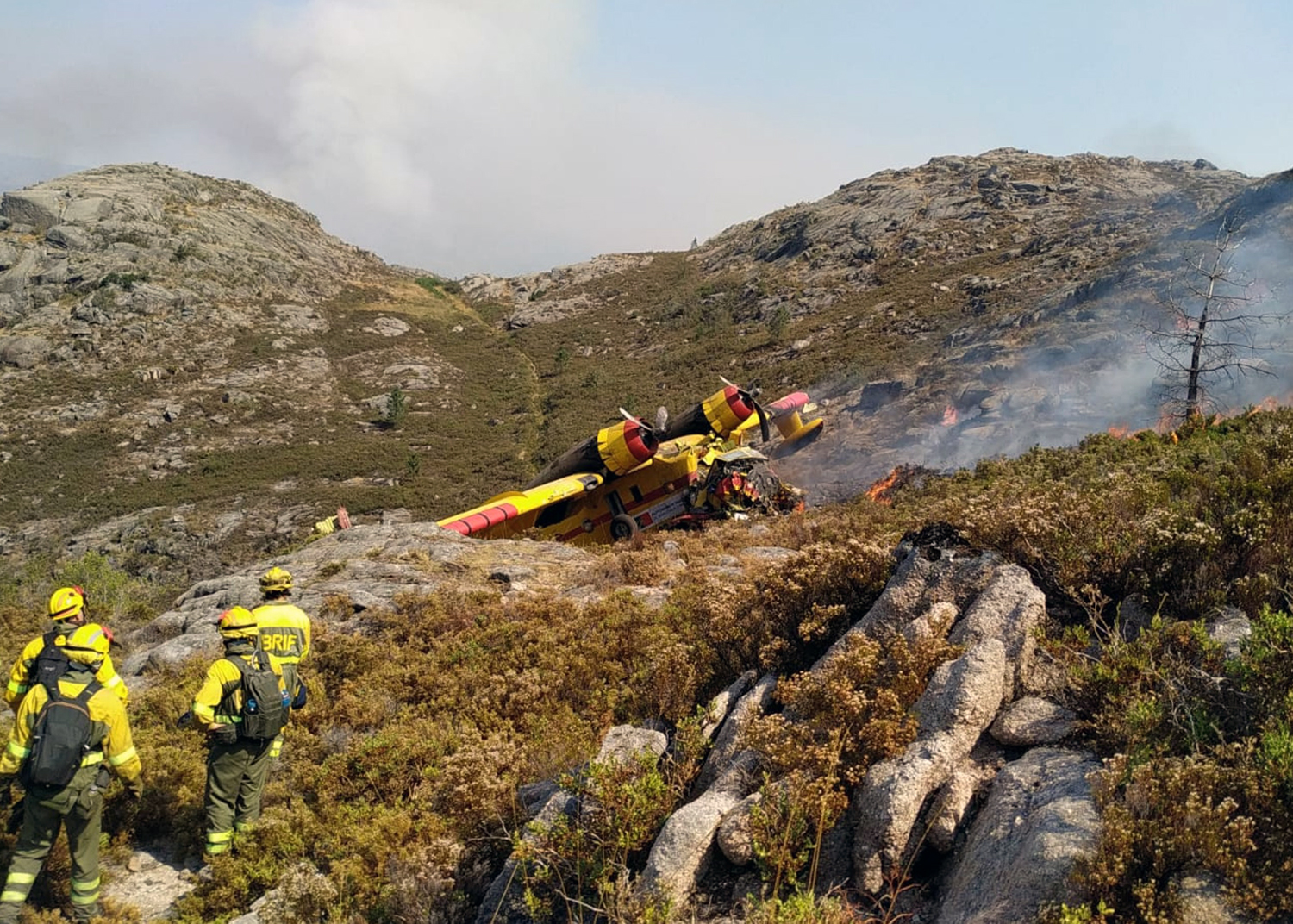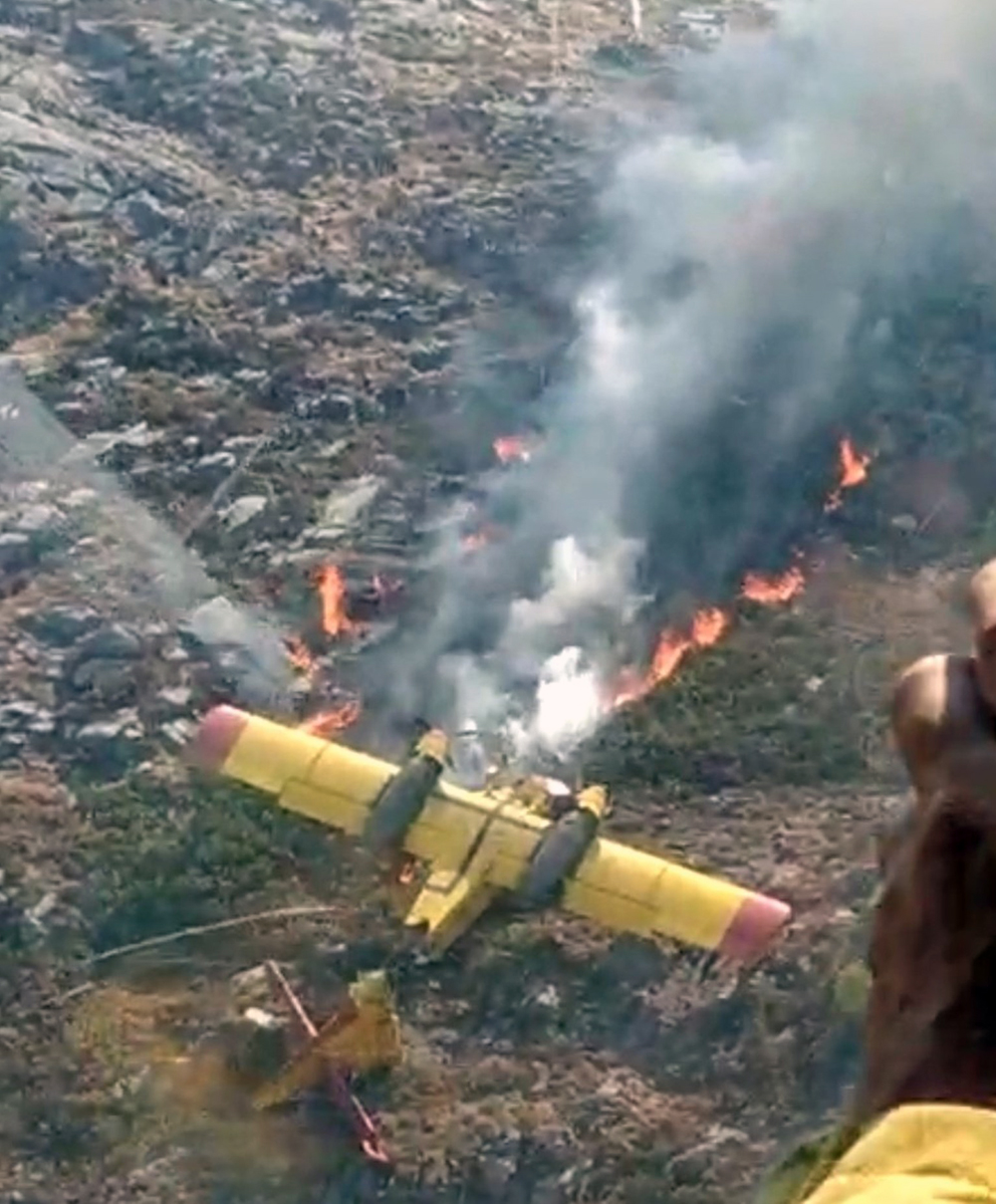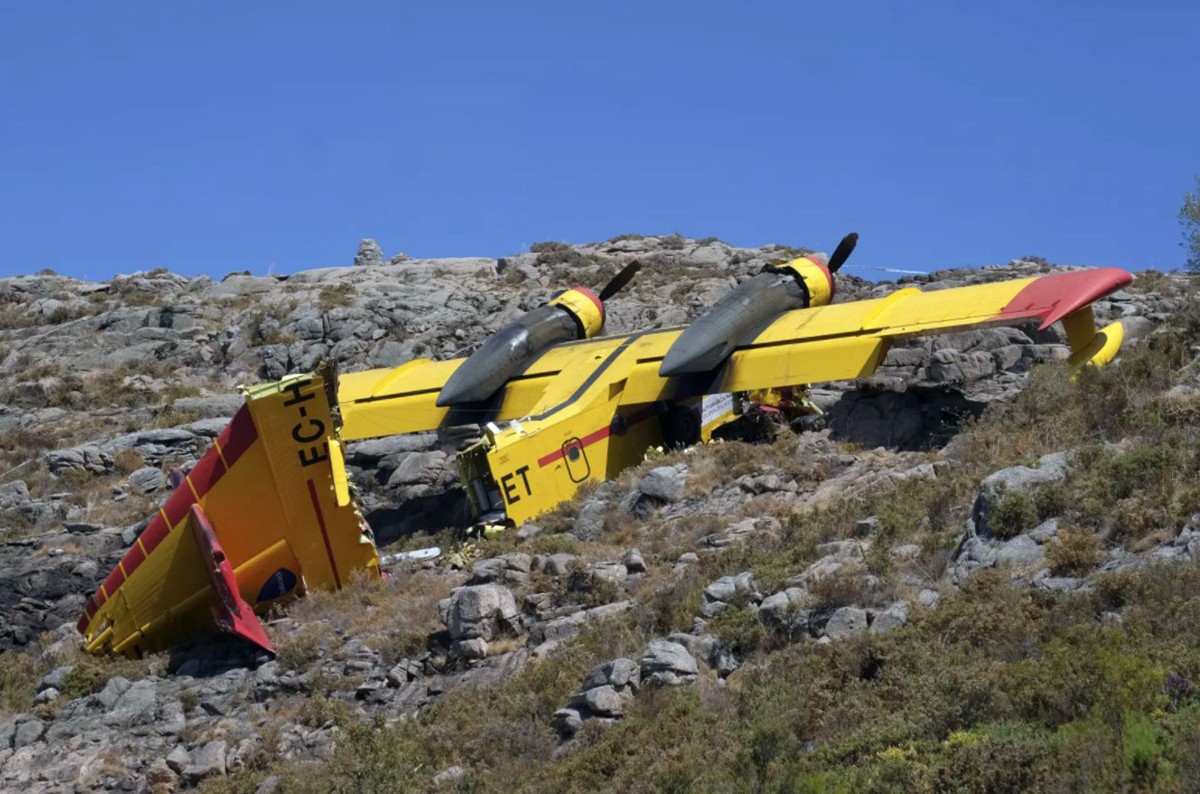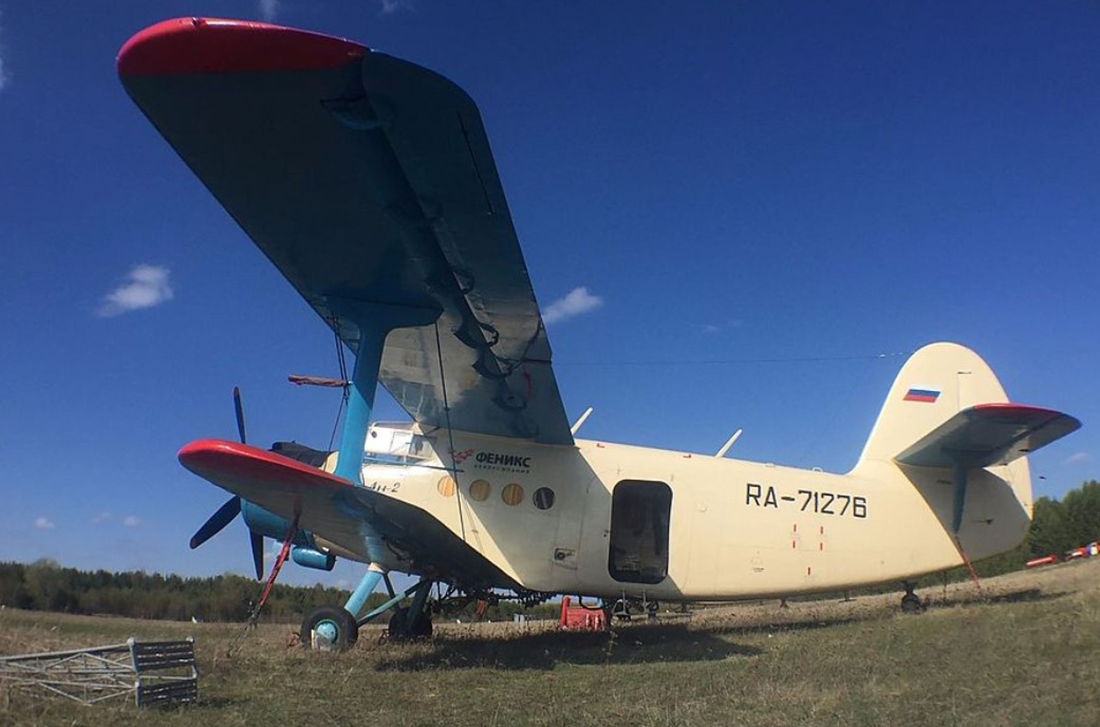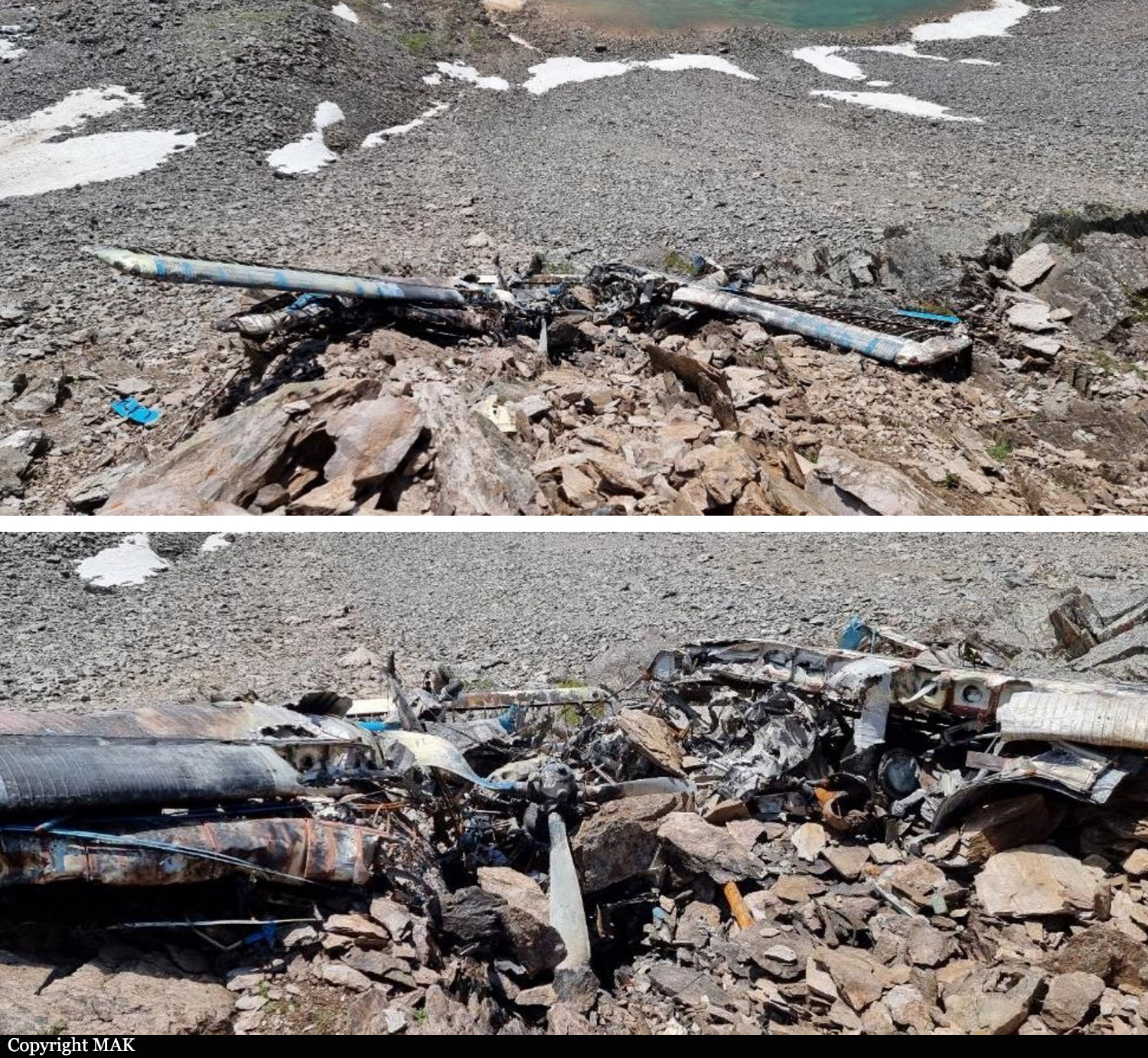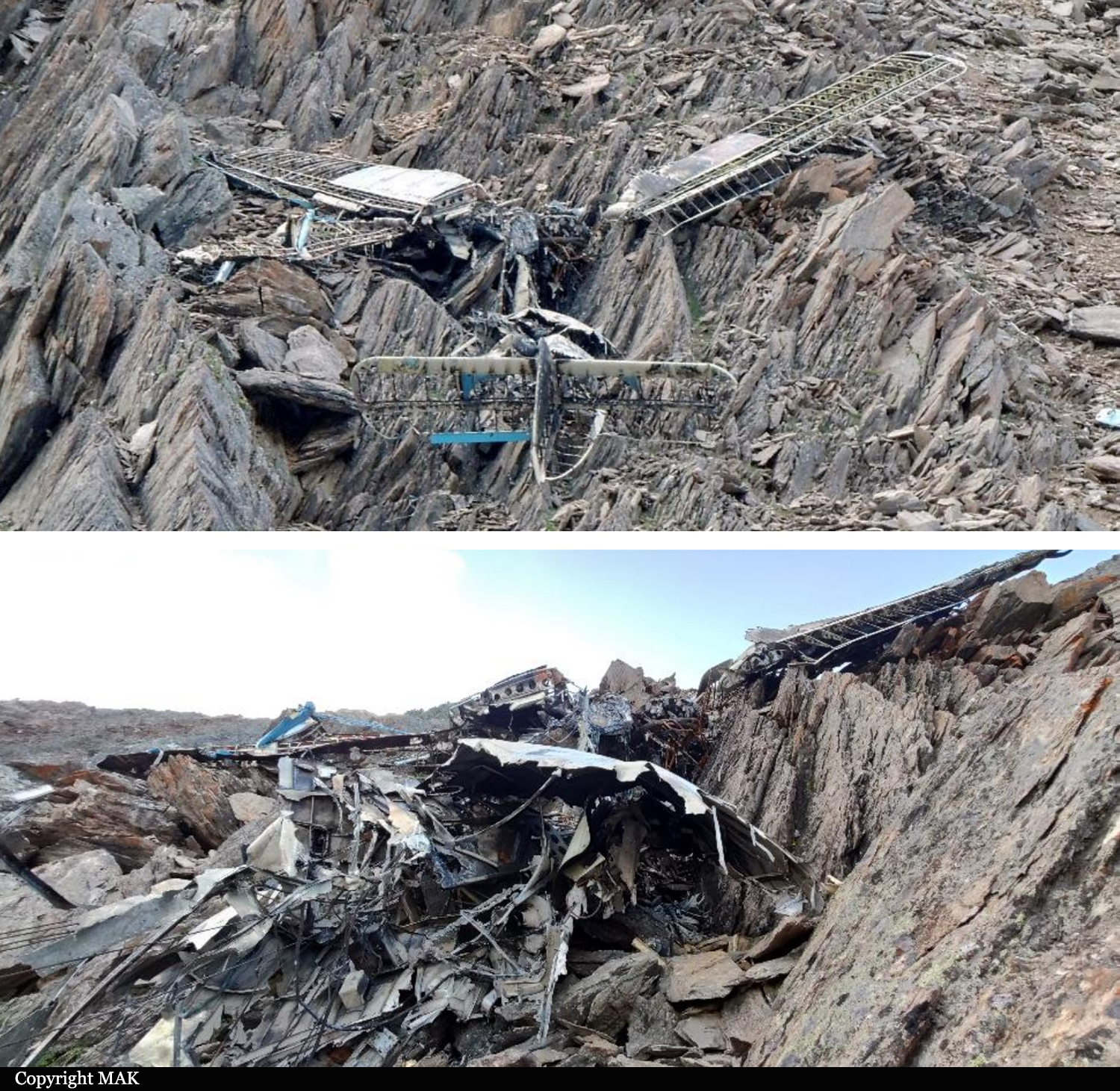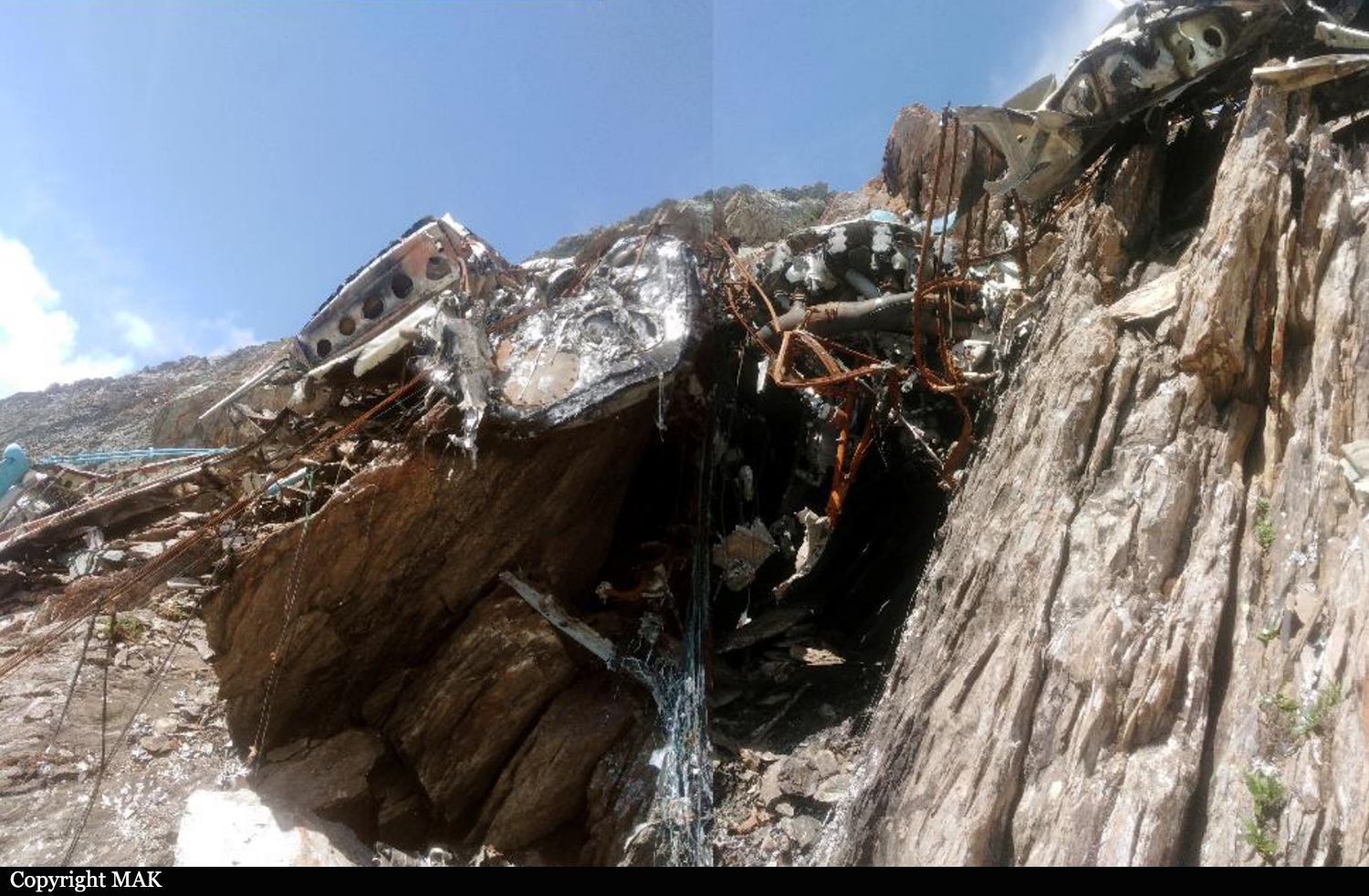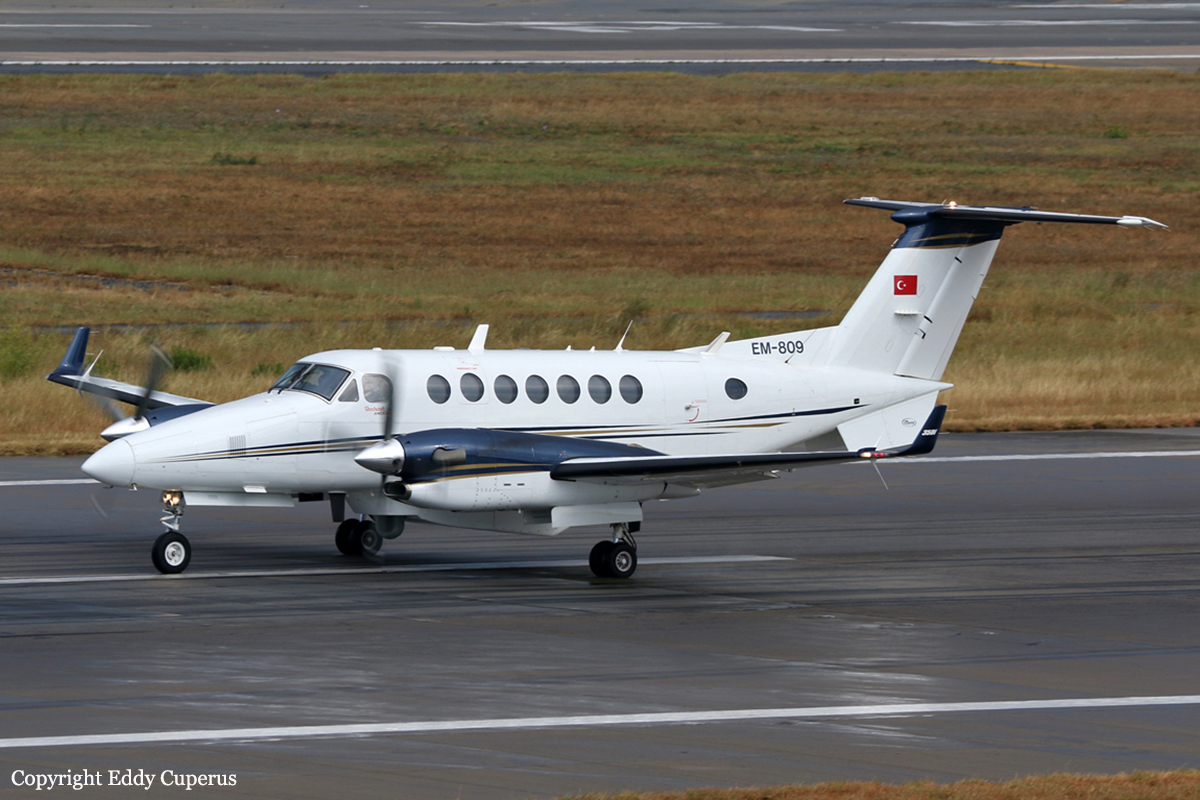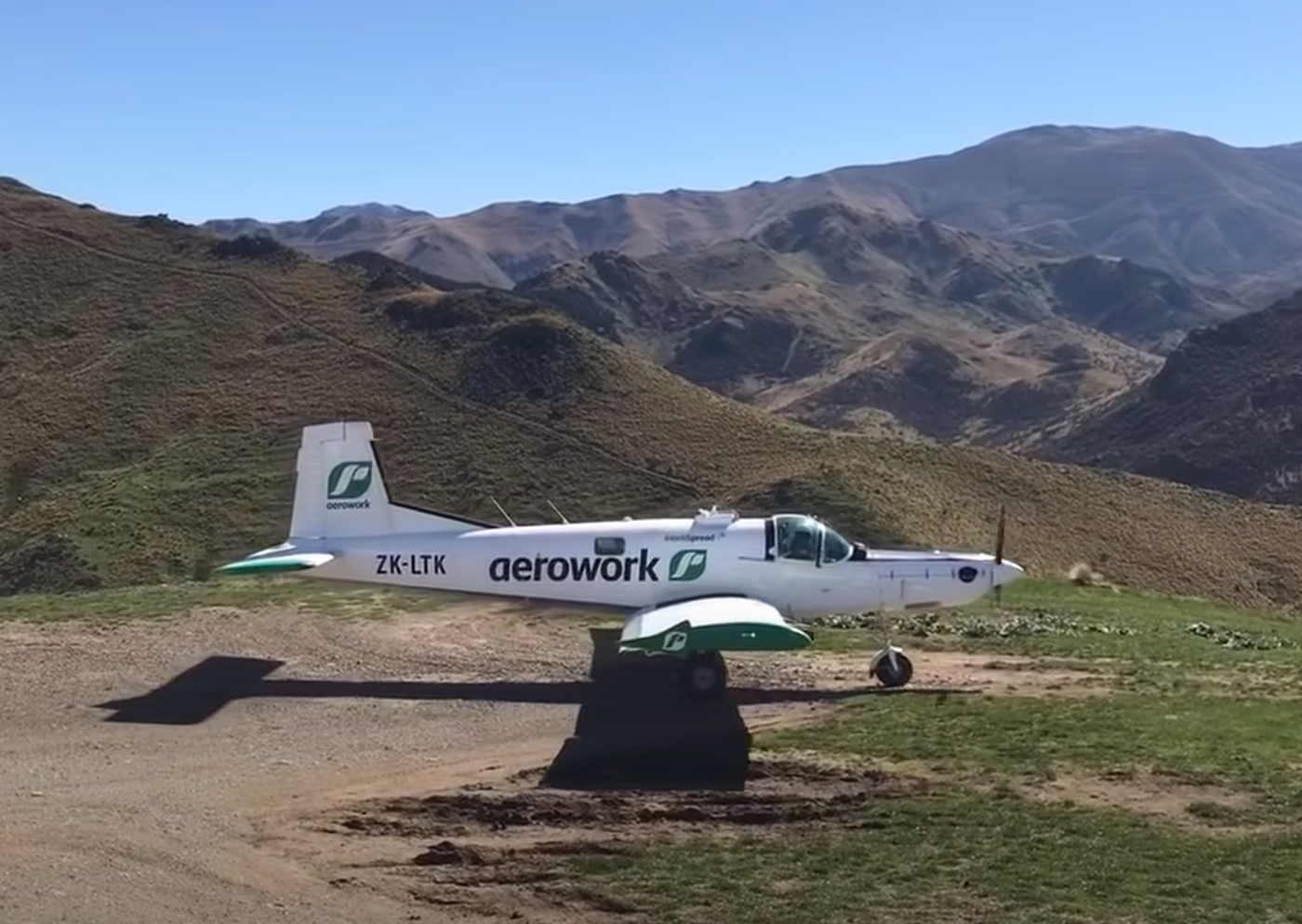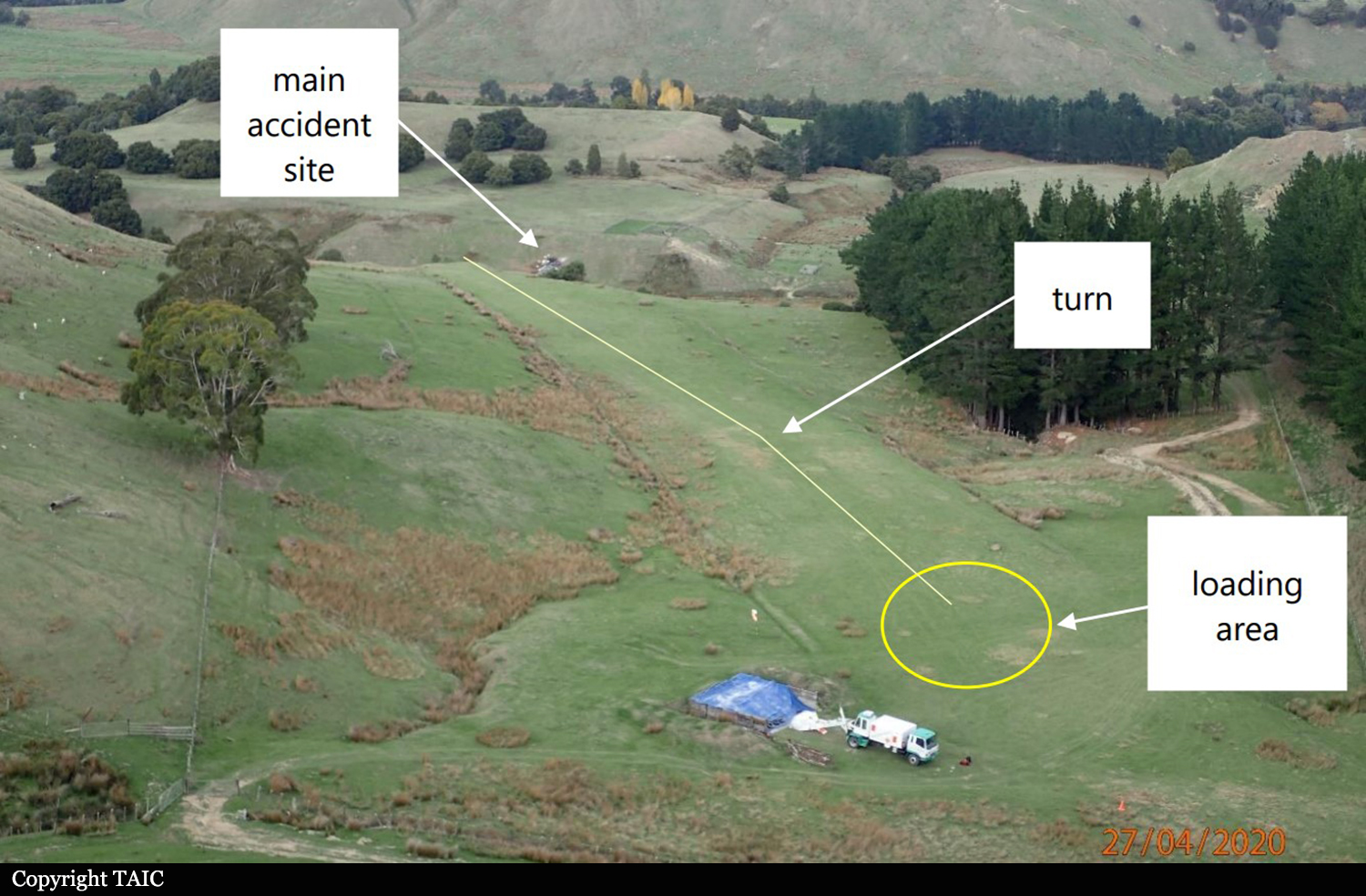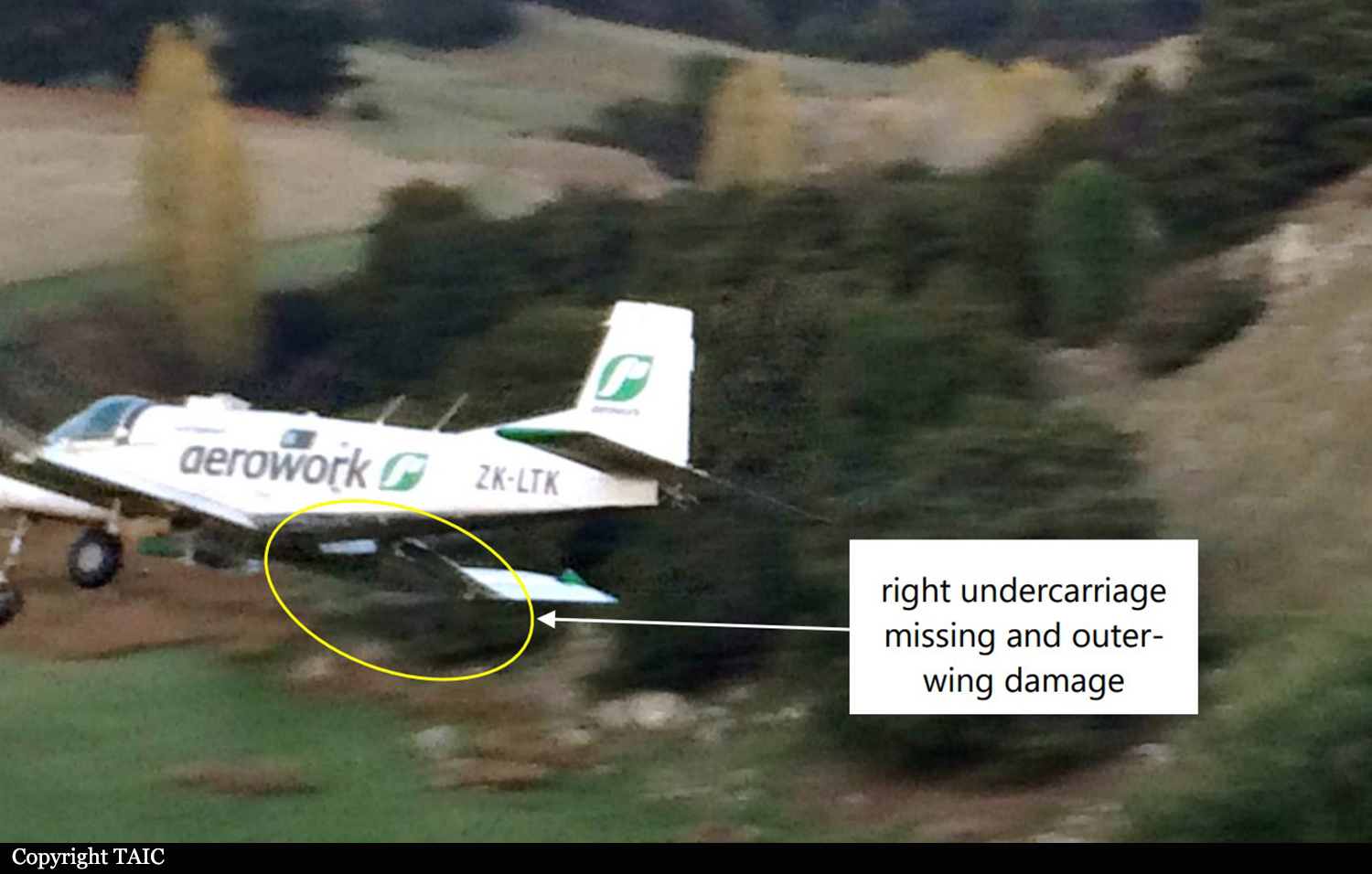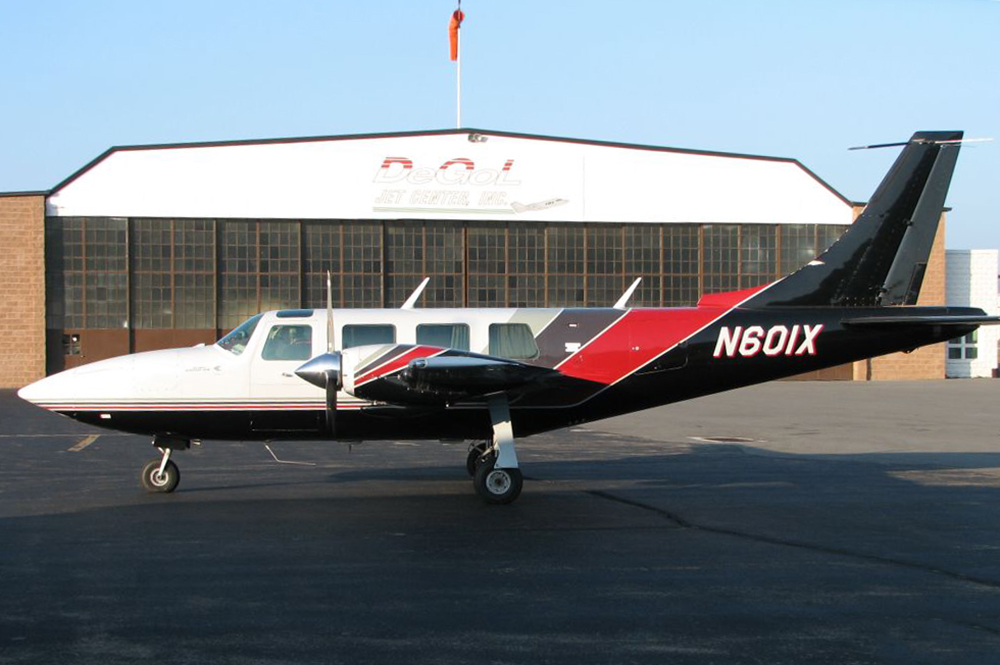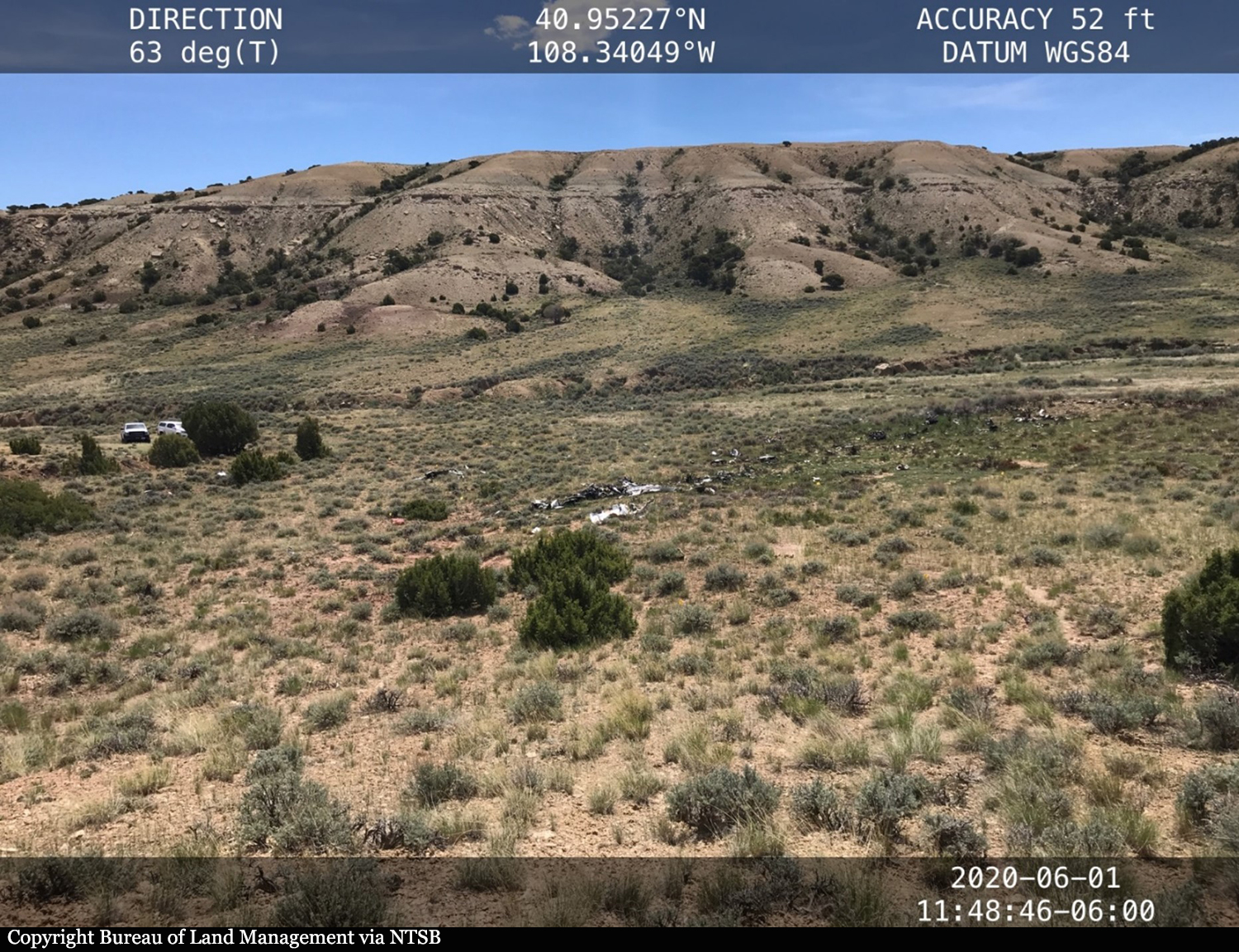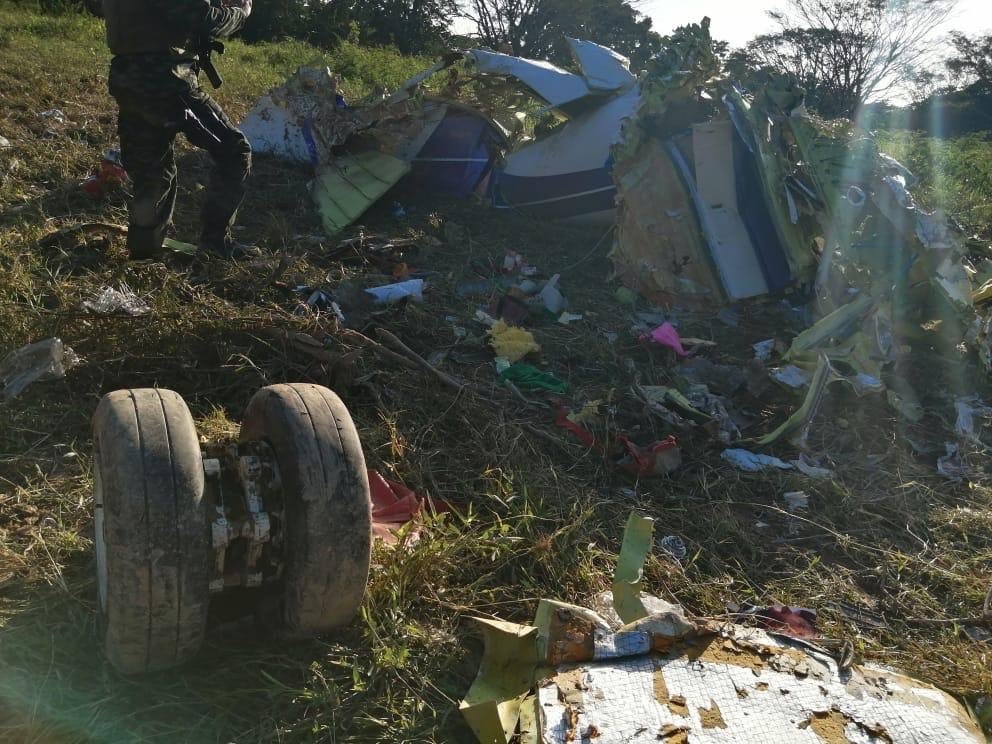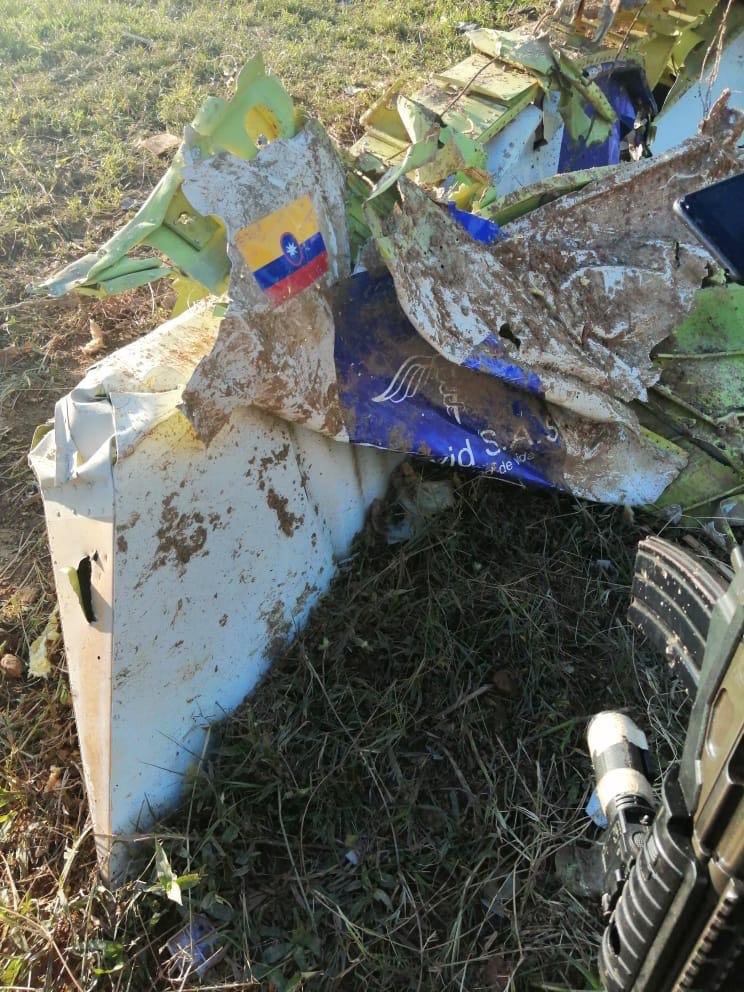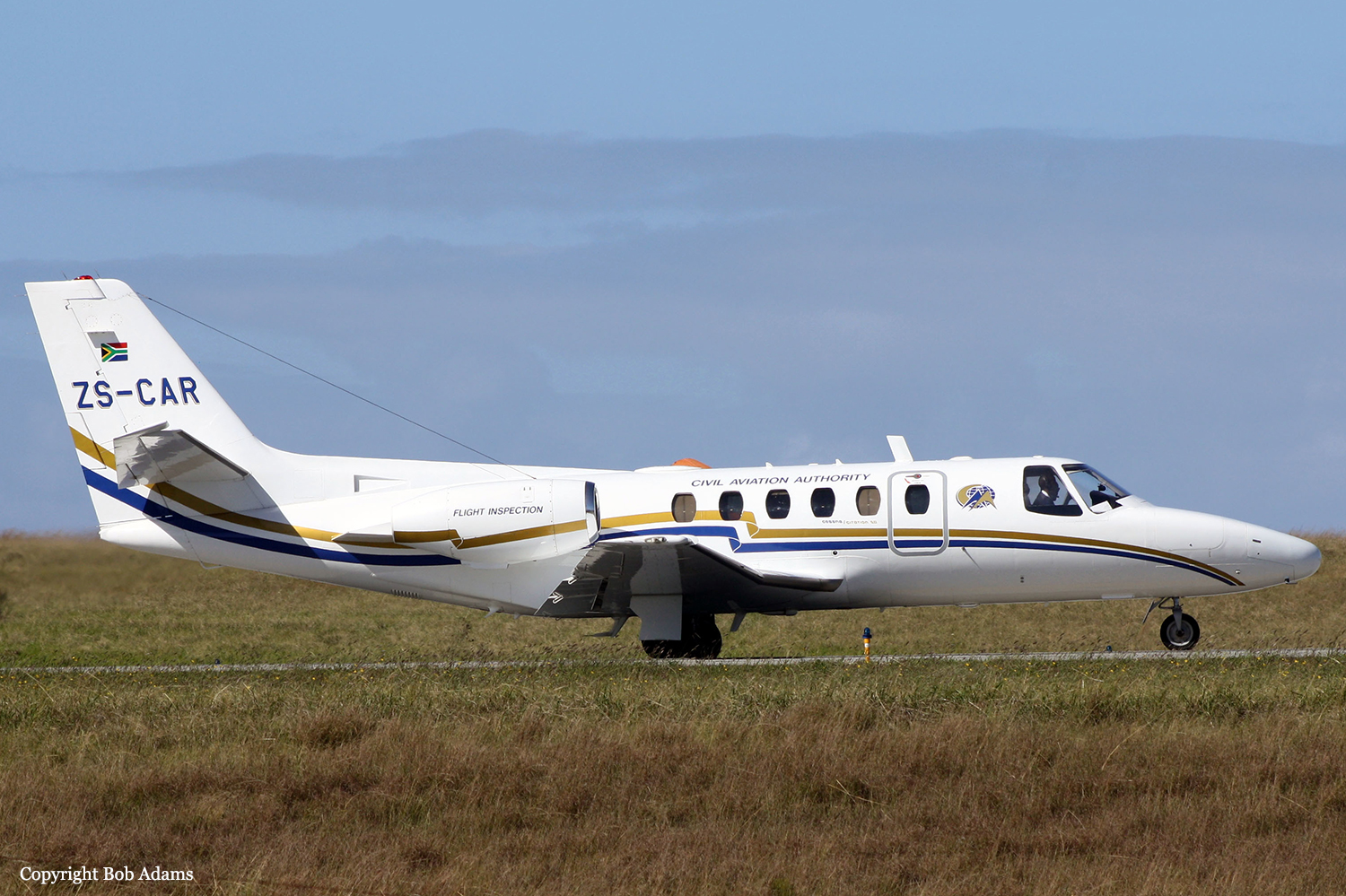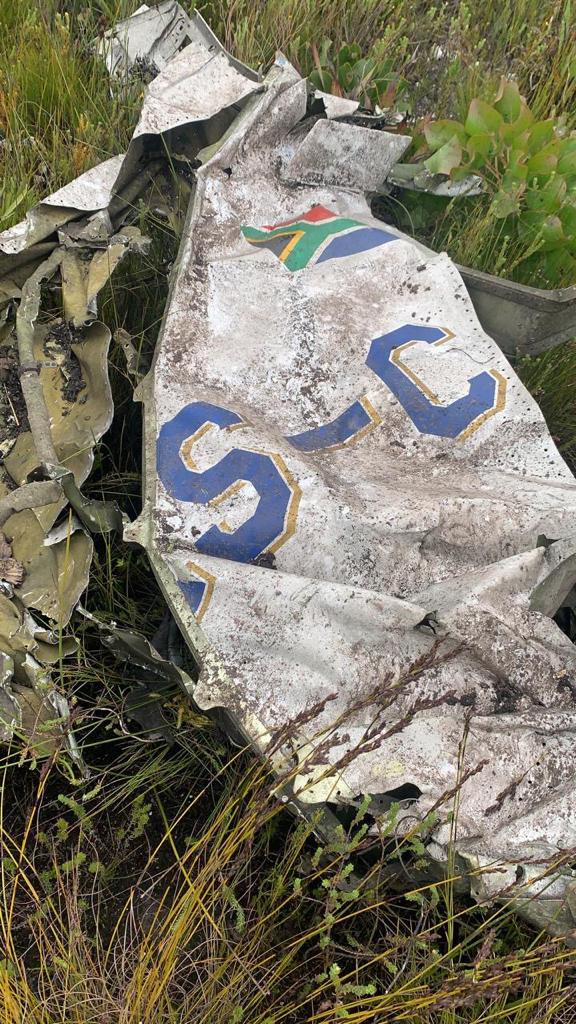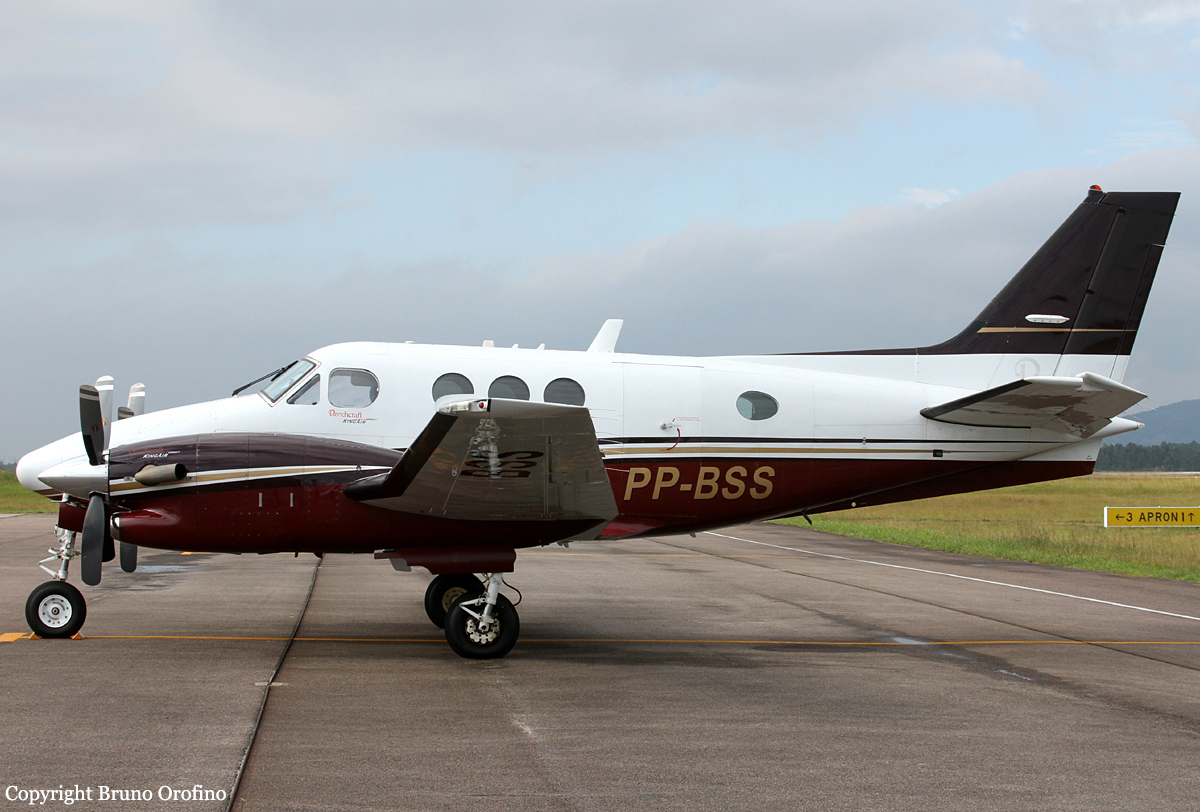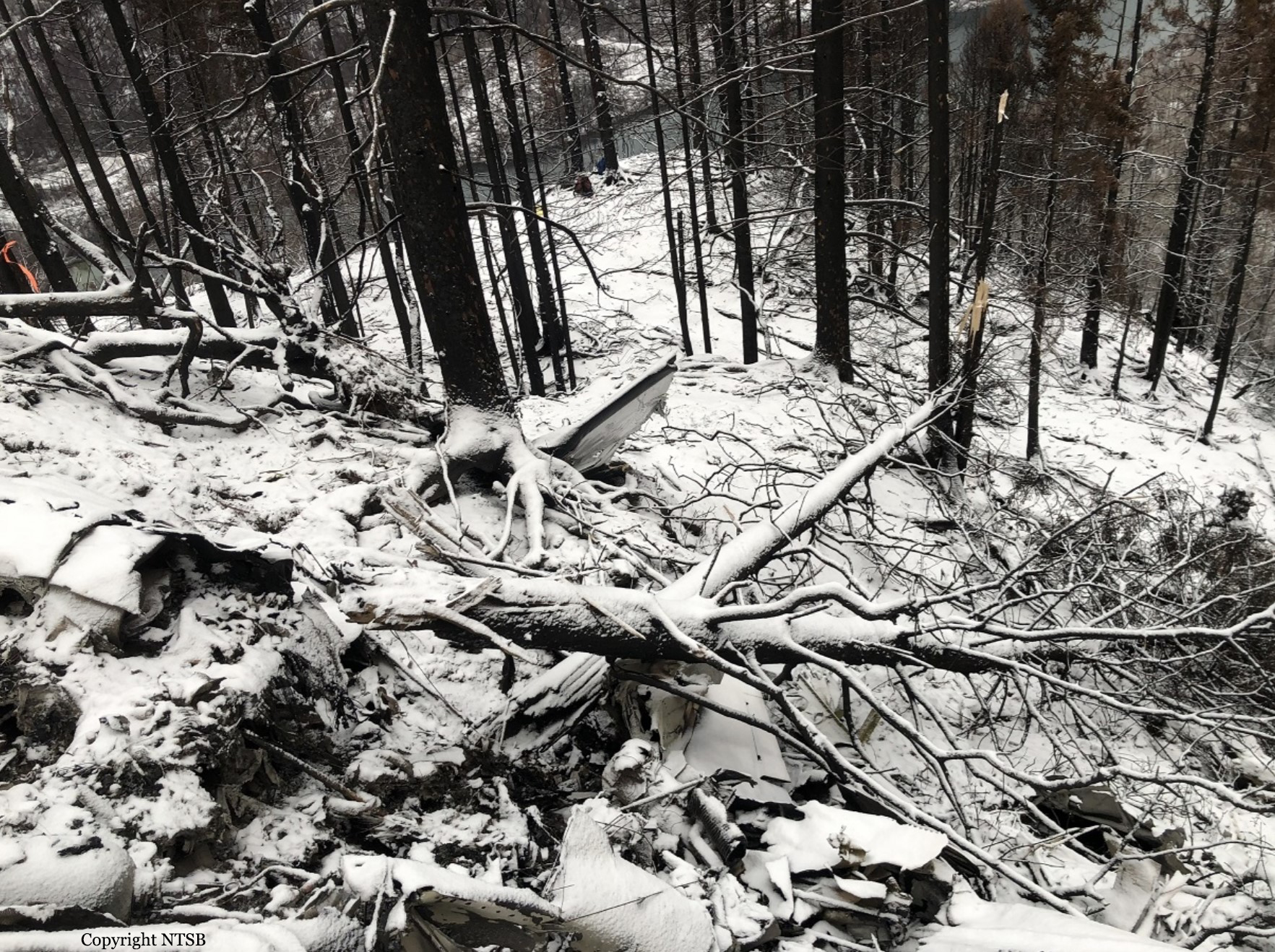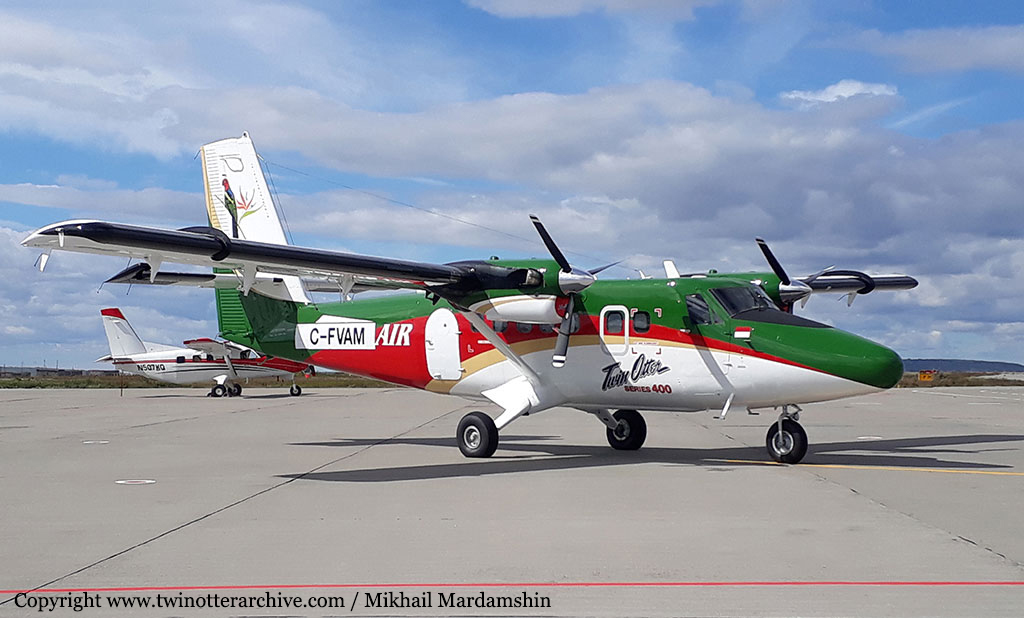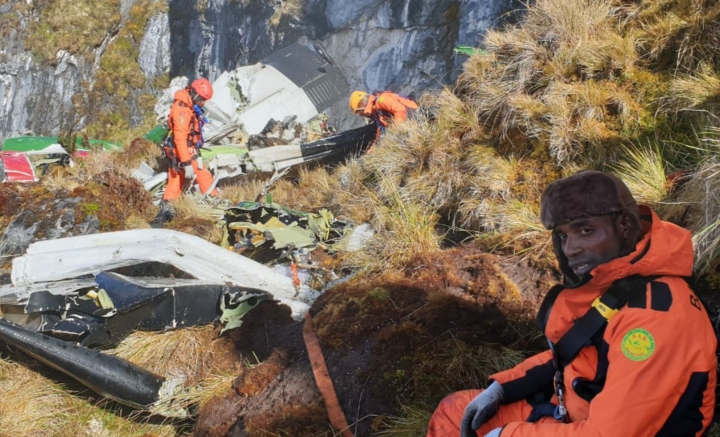Crash of a Canadair CL-215-1A10 near Lobios: 1 killed
Date & Time:
Aug 8, 2020 at 1220 LT
Registration:
EC-HET
Survivors:
Yes
Schedule:
Castelo Branco - Castelo Branco
MSN:
1034
YOM:
1974
Crew on board:
2
Crew fatalities:
Pax on board:
0
Pax fatalities:
Other fatalities:
Total fatalities:
1
Captain / Total hours on type:
1120.00
Copilot / Total hours on type:
600
Aircraft flight hours:
12003
Aircraft flight cycles:
5645
Circumstances:
Operated by Babcock Spain, the aircraft was stationed at Castelo Branco Airport in Portugal on behalf of the Civil Security of Portugal (Autoridade Nacional de Emergência e Proteção Civil).. The airplane departed Castelo Branco Airfield at 0815LT with a second CL-215 and was dispatched over the region of Lindoso, at the border with Spain, to fight a fire. While approaching the area to treat, the airplane was too low and impacted ground, causing the tail to detach. The aircraft crashed on a rocky area located near Lobios, on Spanish territory. The cockpit was destroyed upon impact and the Portuguese copilot aged 66 was killed while the Spanish captain aged 39 was seriously injured and transferred to an hospital in Alto Minho.
Probable cause:
The accident was the consequence of an erroneous assessment of the aircraft's ability to climb over the mountain.
Final Report:
